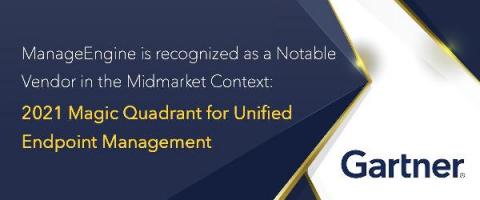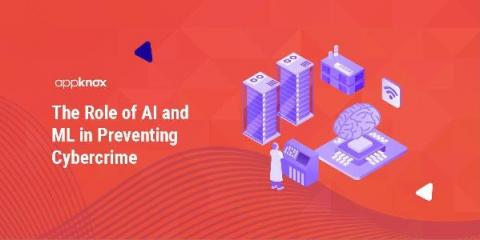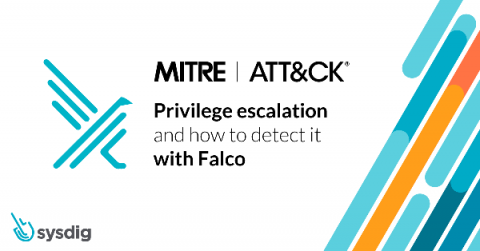How I sped up one of our test suites by 17.5x by explicitly defining Elixir protocol implementations
Fallback protocols could be causing slower tests when running with code coverage. Defining protocol implementations can improve the speed. Hi, I’m Philip Ross, a developer working on Tinfoil API Scanner at Synopsys Software Integrity Group. A few months ago, I sped up one of our test suites from about 6 minutes to around 20 seconds.










